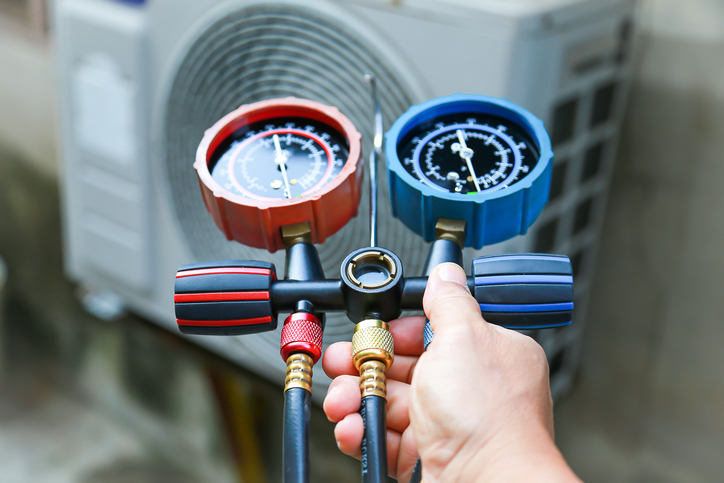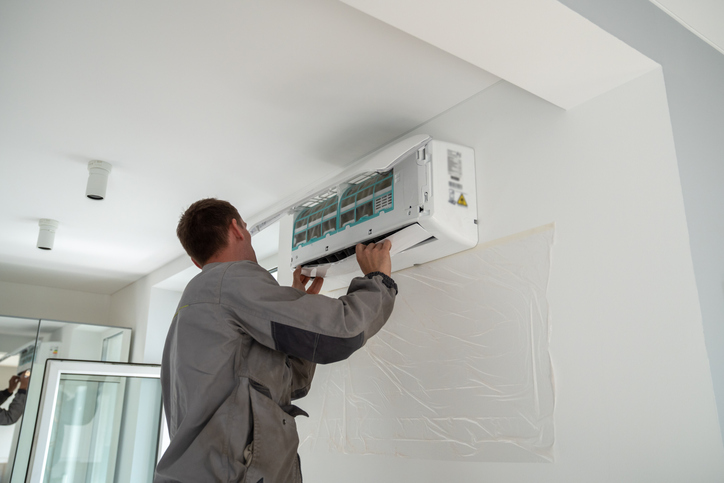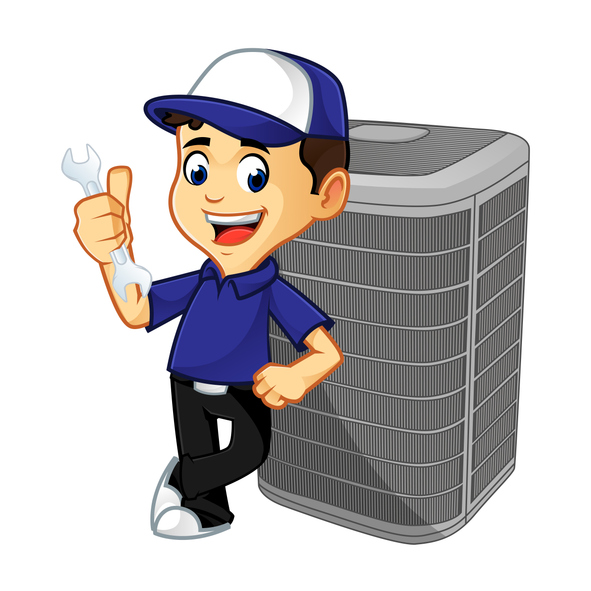Maintaining a well-functioning heat pump is essential for year-round comfort and energy efficiency. This comprehensive guide provides homeowners with easy-to-follow steps for effective heat pump maintenance. From simple tasks like cleaning and filter replacement to more complex professional inspections, these tips will help you keep your heat pump in optimal condition regardless of the season:
1. Regular Cleaning of Outdoor and Indoor Units:
Dirt, debris, and foliage can accumulate around the outdoor and indoor units, affecting the heat pump’s efficiency. Regularly clean the area around the outdoor unit, removing leaves, twigs, and obstructions. Ensure that the vents and surrounding areas are free from dust and debris for the indoor unit. A clean environment allows the heat pump to operate smoothly.
2. Check and Replace Air Filters:
Air filters play a crucial role in maintaining good indoor air quality and the efficiency of your heat pump. Check the air filters monthly and replace them as needed, especially during peak usage seasons. Clogged filters restrict airflow, making the heat pump work harder and reducing efficiency.
3. Monitor Thermostat Settings:
Monitor your thermostat settings and ensure they align with your comfort needs. Consider investing in a programmable thermostat to optimize energy usage. Programming your thermostat for different times of the day or night can help you save on energy costs while maintaining comfort.
4. Inspect Ductwork for Leaks:
Leaky ducts can lead to energy wastage and reduced heating or cooling effectiveness. Periodically inspect the ductwork for any visible leaks or gaps. Seal gaps with appropriate materials and consider professional duct cleaning to ensure optimal airflow.
5. Lubricate Moving Parts:
Regular lubrication of moving parts, such as the fan and motor, helps reduce friction and prevent wear and tear. Refer to the manufacturer’s guidelines for recommended lubrication intervals and use appropriate lubricants to keep your heat pump’s components operating smoothly.
6. Clear Condensate Drain Line:
The condensate drain line eliminates excess moisture from the unit. Over time, it will get clogged with debris or algae. Clear the condensate drain line regularly to prevent water damage and maintain proper moisture removal from the system.
7. Test and Calibrate Thermostat Accuracy:
Check the accuracy of your thermostat by comparing its temperature reading with a separate thermometer. Consider calibrating the thermostat to ensure accurate temperature control if there’s a discrepancy. A well-calibrated thermostat promotes energy efficiency and precise climate control.
8. Schedule Professional Inspections and Maintenance:
While homeowners can handle certain maintenance tasks, scheduling professional inspections at least once a year is crucial. Professional technicians can perform in-depth assessments, identify potential issues, and conduct thorough cleaning and servicing that may be beyond the scope of DIY maintenance.
Year-round maintenance is a key investment in the comfort and efficiency of your home. By following these easy steps, homeowners can ensure their heat pumps operate at peak performance, delivering reliable heating and cooling throughout the seasons.
Ready to schedule professional heat pump maintenance? Contact us at John’s Air Conditioning and Heating service at (813) 689-2722 for expert inspections and servicing to keep your heat pump in optimal condition. Ensure year-round comfort and efficiency with our comprehensive maintenance solutions tailored to your needs.











